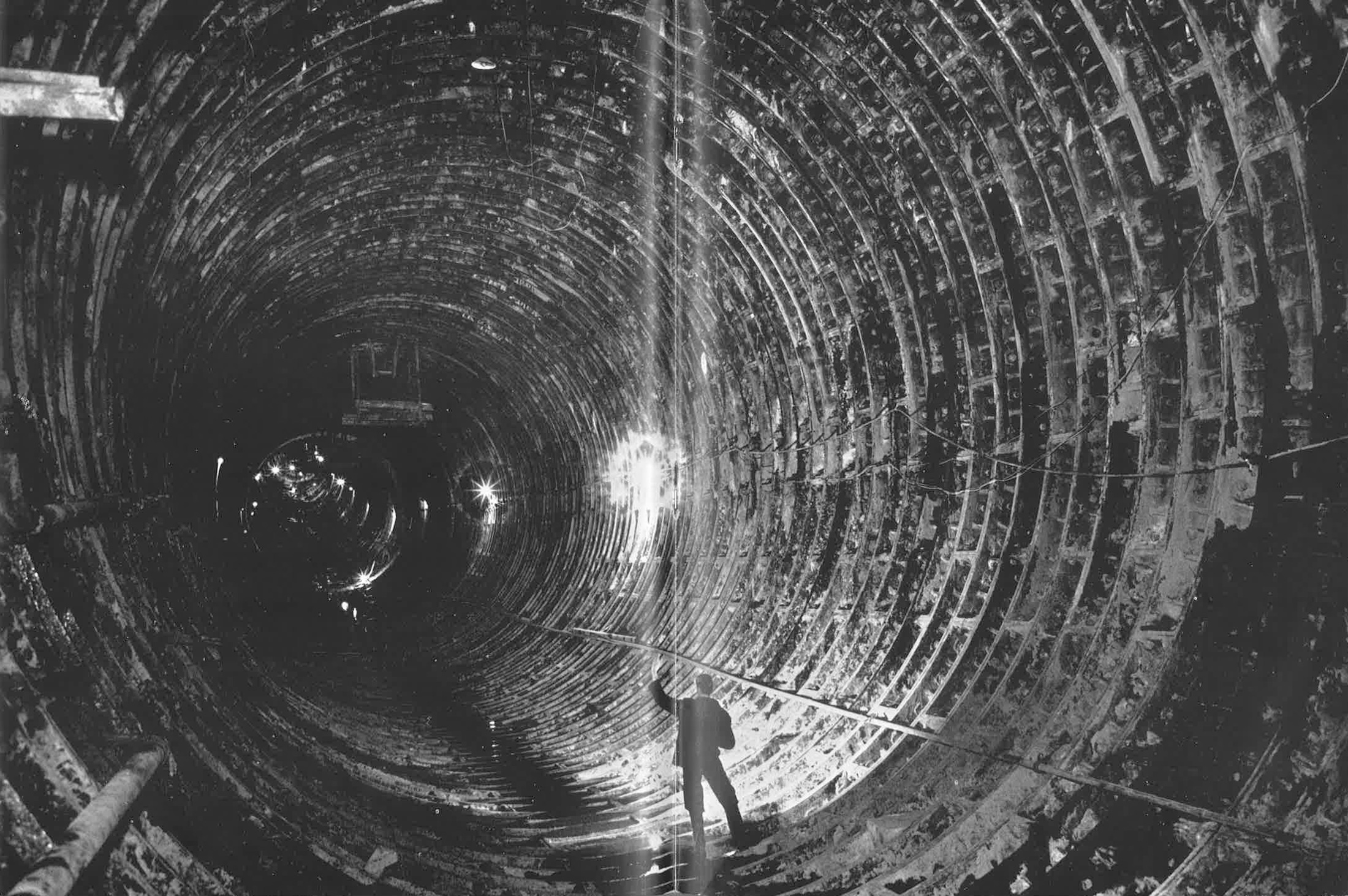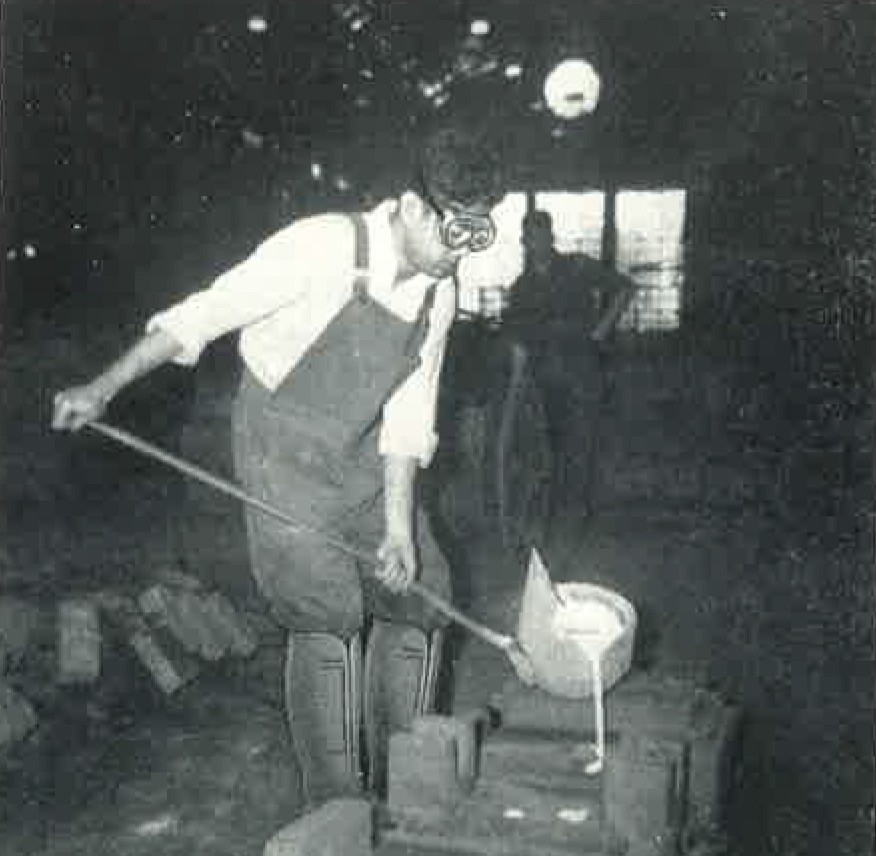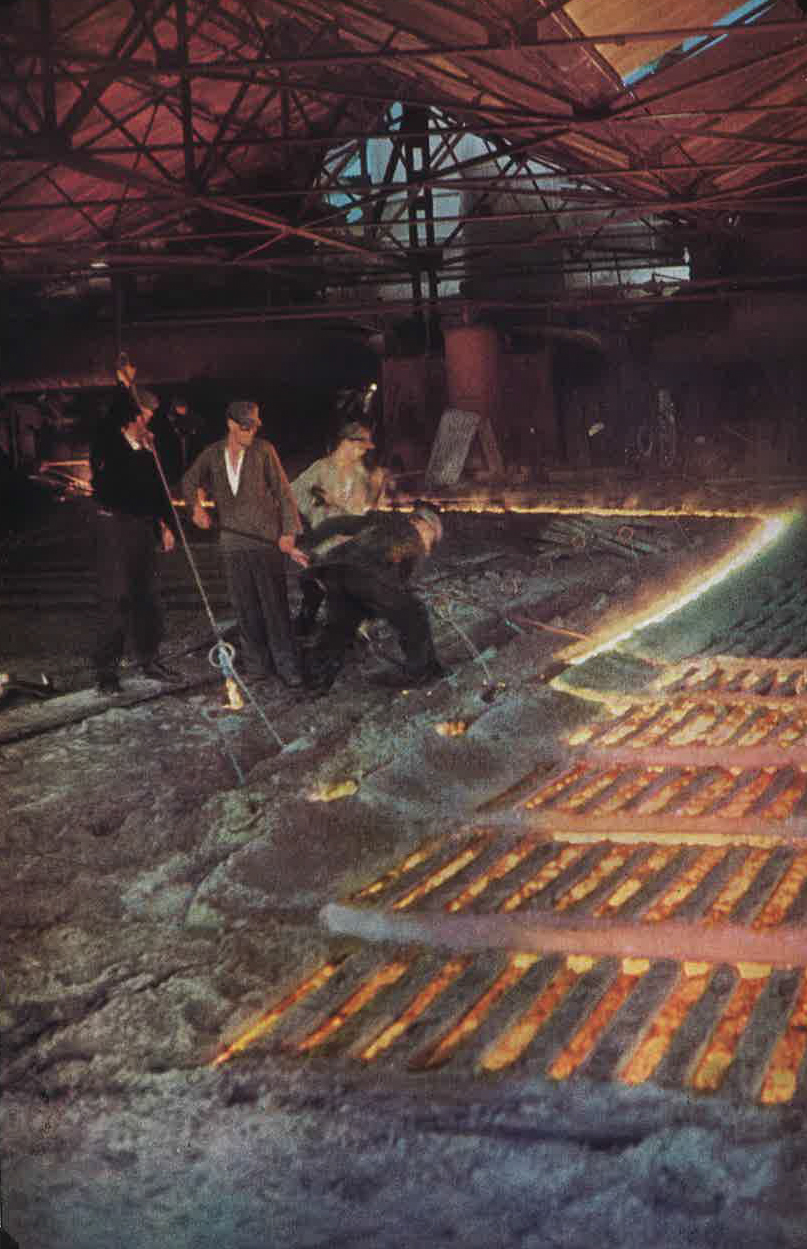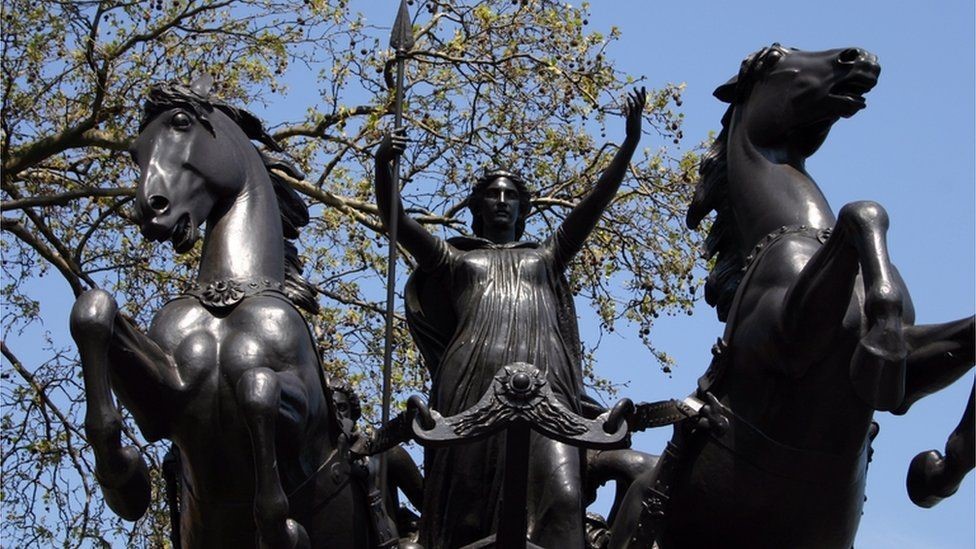Learn all about how the Carron Company manufactured their products, the hard work involved, and the community that emerged around the ironworks.
James Watt’s early experiments with steam were supported by Dr Roebuck.
fields['text']) echo $section->fields['text']; ?>
The key components of making iron are ironstone, limestone and coal (later coke.) All of these elements were readily available along the Forth Valley. One of the company founders, William Cadell, had the infrastructure in the form of ships for the movement of goods along the Forth and beyond, but these key components were nothing without power for the blast furnaces. Water was the key to this enterprise. The River Carron rises in the Campsie Fells and flows to the Forth at Grangemouth, via Larbert, Stenhousemuir and Carron.
The ingenuity of the Carron Company founding fathers and their engineers is remarkable. They drew water from the River Carron in the form of a furnace lade that ran from the area now known as the viaduct. The Carron fed the lade that ran for about a mile to the area colloquially known today as “The Dams.” There was originally one small dam powering the blast furnaces, but by 1775 plans indicate three dams including a large holding damn, forge dam, and furnace dam.
Carron company workers
Initially, much of the Carron Company workforce was brought up from England as the Falkirk area lacked skilled ironworkers and the company was known locally as the “English Foundry.” In time, the local workforce developed the skills needed by the ironworks and keeping this expensive and skilled workforce was of tantamount importance to the company.
Leisure and entertainment
Carron Company also provided or supported many social activities. The “Carron Cupola” magazine of the 1950s and 1960s gives insight into the entertainment that could be enjoyed by the Carron “family.” Activities included many social and sporting events including a badminton club, cricket club, football club, male voice choir, football teams, and horticultural and craft competitions.
The company also opened a formal works and recreation club building in December 1952. This consisted of a concert hall for 350 people and an area for indoor sports. In addition, the spiritual life of its West Carron residents was met by the Dawson Mission. It is this investment in the wellbeing of the Carron Company employees that may explain why the company was able to boast about having many staff members with over 50 years’ service, as well as employing generations of families. Wages were not particularly high, and the working day was long and wearisome, yet there was a powerful sense of community and belonging. The needs of the working life, the social life and even the spiritual life, as well as housing, could all be met by the company, and leaving all this behind would have been a daunting thought.
The ingenuity of the Carron Company founding fathers and their engineers is remarkable.
fields['text']) echo $section->fields['text']; ?>




The River Carron was also used for transport. A loading basin within the factory walls allowed smaller boats to reach a harbour at Carron where larger ships were loaded with Carron goods. These then went on to London where the company distributed their goods globally from the wharf. The Carron Company was fully integrated, from the mining of raw materials, to the production of pig iron, the creation of a wide variety of products including munitions and domestic products, and the transportation of materials and products by ship. The company had many famous collaborators and visitors. James Watt’s early experiments with steam were supported by Dr Roebuck. This was all made possible by the enterprise and hard work of its employees.




The Carron Company built many homes for its workforce, which varied in quality depending on their ranking within the company. The ruined foundations of Forge Row, now lying within the boundary wall of the works, were an early example of company housing. This row had a diverse range of tenants over the years, from the highly skilled designers and carvers, the Haworth brothers, to general labourers and furnace men. In addition, West Carron Village was built to house many of the ironworkers in fairly rudimentary accommodation. This area was adjacent to the furnace lade at the rear of the works. This area of housing had around three incarnations but now nothing remains of this once vibrant community.
Middle management may have been accommodated in higher quality housing such as Roebuck Park or Stenhouse Castle (a local baronial style mansion, divided into flats). Again, none of these survive today. One house that does survive is the manager’s house, Carron Grange, near Larbert High school. Carron Grange was built in 1895 and replaced Carron Park which had previously accommodated the manager. This larger redbrick villa had servants’ quarters and landscaped grounds, contrasting greatly with the room and kitchen with bed recesses of West Carron village. Carron Grange overlooked the flooded area known as The Dams. The General manager, Eric Leaver, was known to sail a small red sailed boat across the Dams during the 1950s.
It seems impossible to believe that a company that once employed over 2,000 people and produced such a wide variety of goods should come to an end. Carron products can be seen across the world to this day, in the form of telephone boxes, post boxes, kitchen ranges, cannons and even the interior of the Clyde Tunnel. The company folded in 1982 with two new companies emerging and surviving to this day: Carron Phoenix and Carron Bathrooms. Carron Phoenix no longer manufactures stainless steel sinks in Larbert because production has moved to Eastern Europe. Carron Bathrooms is still located within the boundary walls of Carron Company and provides employment to the local community and a link to its industrial heritage.
It is hard to imagine what Falkirk District might look like had Carron Company never existed. Carron Company was the predecessor to many of the foundries that emerged in Falkirk District. A Carron apprenticeship was highly valued, and the skills of their workforce much sought after. It is clear that people take pride in their association with the company and how many of us are connected with each other through Carron. It was a huge, dirty, industrial site with many hazards, yet people look back with fondness to its greatest achievement: community.
By Lorna Swinney.

